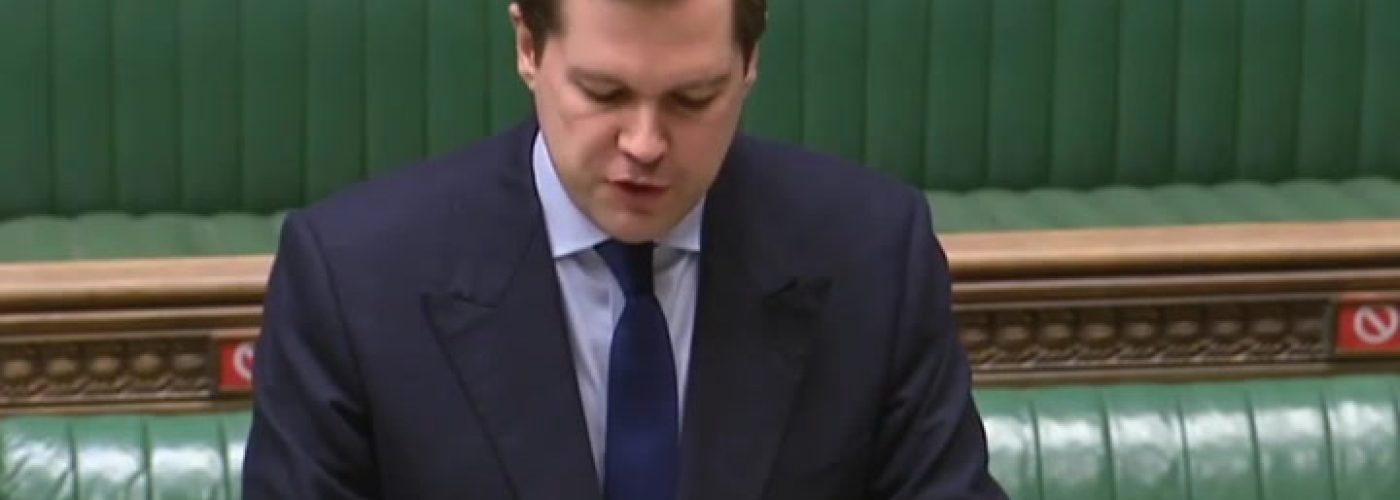The end of July marked the second reading of the Building Safety Bill in the House of Commons. There were a number of new items and changes, which we are in the process of analysing.
Highlights of the second reading:
- Jenrick stated that dwelling fires were at the lowest point since 1981 and expert guidance had five recommendations to correct the disproportionate reaction to safety in some parts of the market: EWS1 forms should not be a requirement on buildings below 18m. Where there are known concerns this should be addressed through risk management. All major lenders, including HSBC, welcomed the advice that EWS1 forms should not be a requirement on buildings below 18m.
- The new Building Safety Regulator would have the powers to enforce the rules set out by the new framework. All buildings would have an individual that is accountable and responsible for safety, and non-compliance would be a criminal offence. Whilst also being able to tackle bad practice, the Bill will have the ability to remove construction products that were unsafe from the market
- The Bill will strengthen redress for people who were buying a new build home through provisions for the New Homes Ombudsman, who will resolve complaints between buyers and developers.
- He reaffirmed the commitment in the Bill which will retrospectively extend the period in which compensation can be claimed for defective premises from 6 to 15 years. The scope of the work for which compensation can be claimed will also be expanded to include future major renovation work. He stated that he hoped builders, in time, would extend their warranty for this period.
- He forecasted that over 1,000 buildings with non-ACM unsafe cladding will receive support through the Building Safety Fund.
5 recommendations within the speech that government will support and act upon:
- EWS1 forms should not be a requirement on buildings below 18 metres.
- In the small number of cases where there are known to be concerns these should be addressed primarily through risk management and mitigation.
- There should be a clear route for residents/leaseholders to challenge costly remediation work and seek assurance that proposals are proportionate and cost effective.
- Government should work with the shadow Building Safety Regulator to consider how to implement an audit process to check that fire risk assessments are following guidelines, not perpetuating the risk aversion we are witnessing, in some instances, at the present time.
- Fire risk assessors, and lenders should not presume that there is significant risk to life unless there is evidence to support this. This would ensure that they respond only to the evidence and adopt a far more proportionate and balanced approach.
It was confirmed that the building safety fund will re-open for registrations in the Autumn 2021 – we will notify our members when registration is open. Please also note that the we will be sending out updated RICS guidance regarding EWS1 forms when it has been published.
The Bill will now enter its Committee Stage when Parliament returns in September, we will ensure members are kept up to date with the passage of this Bill at all times.





